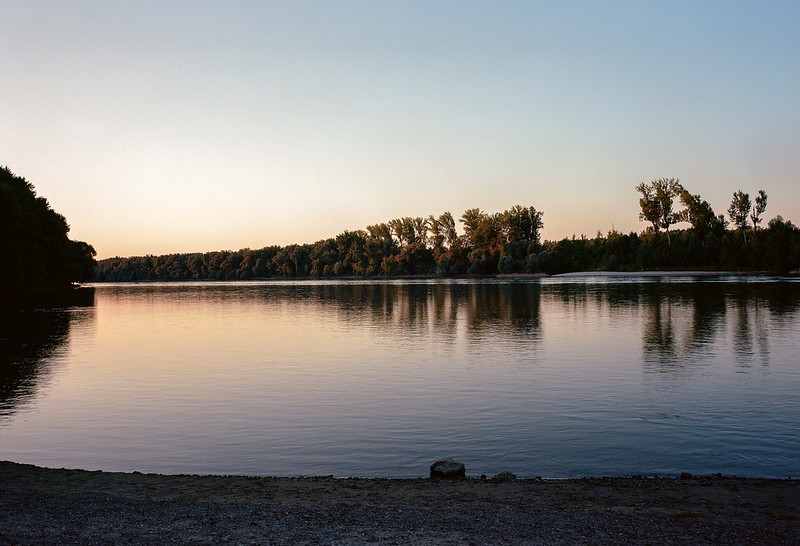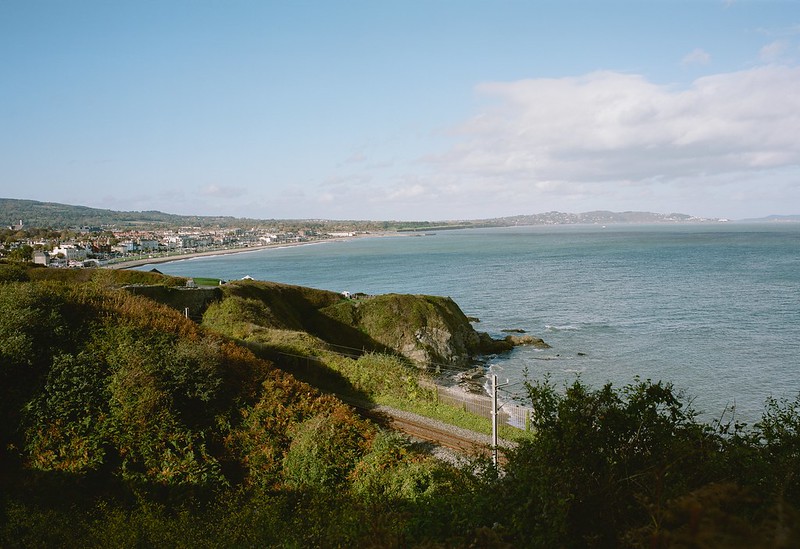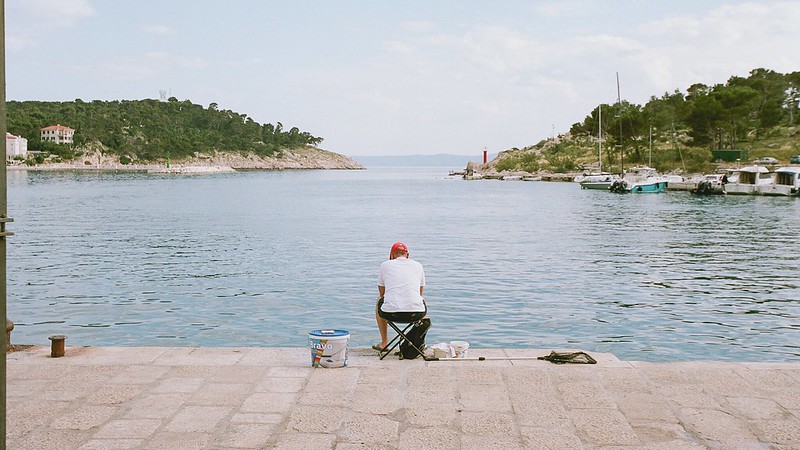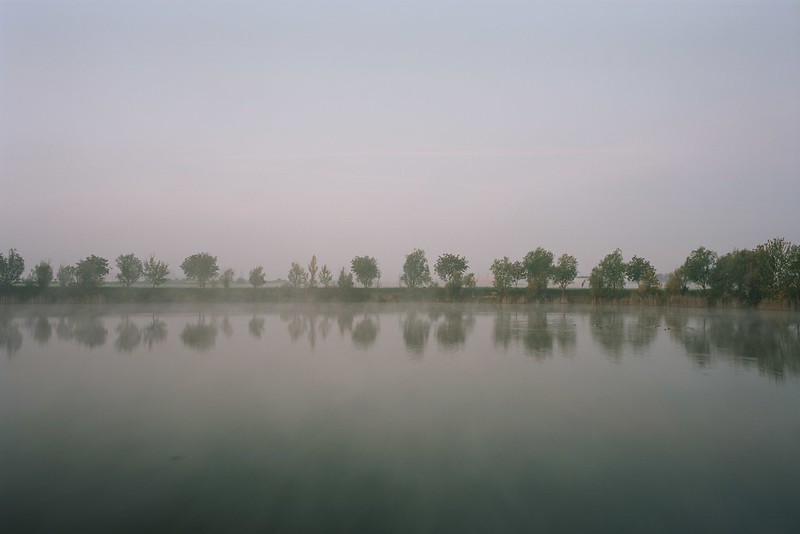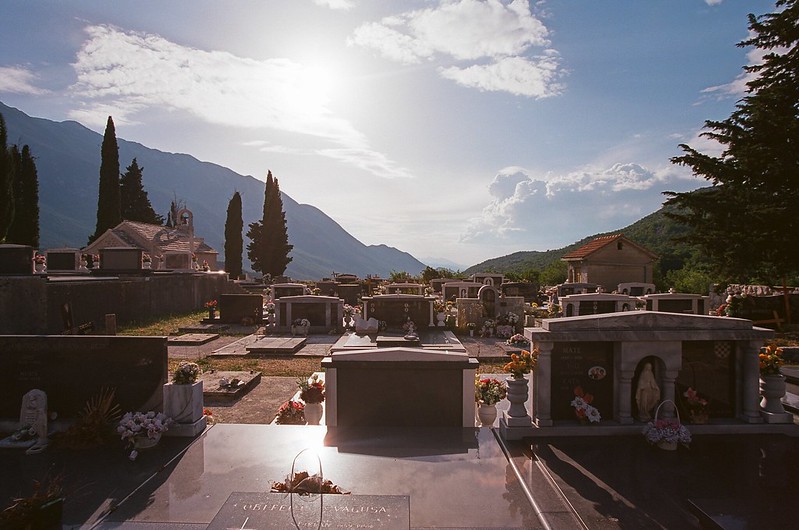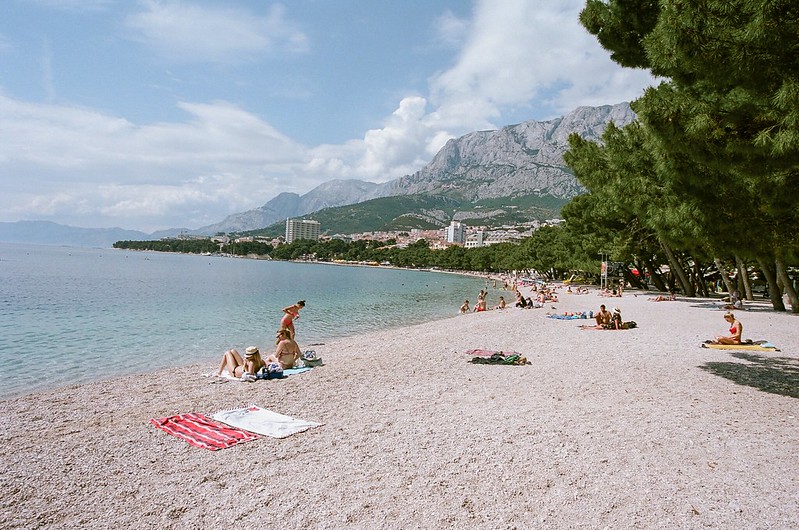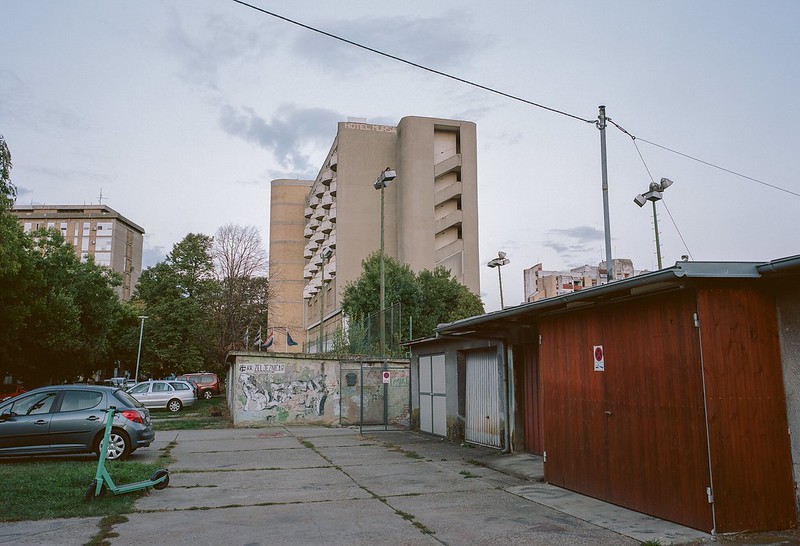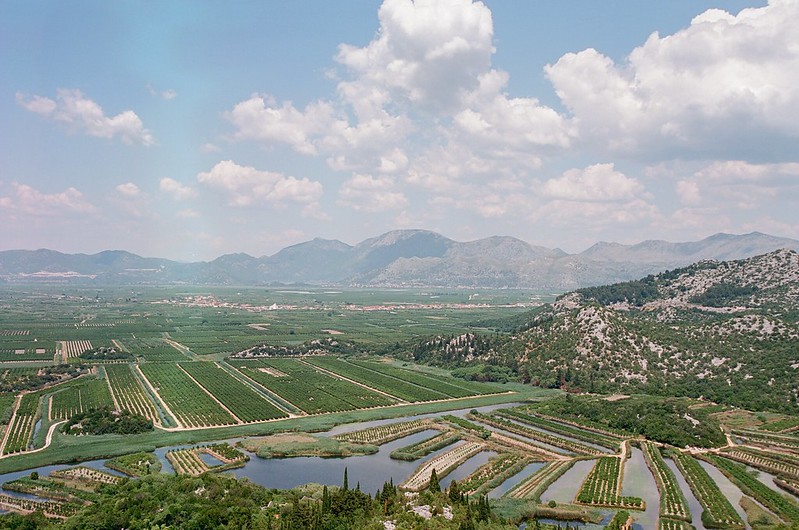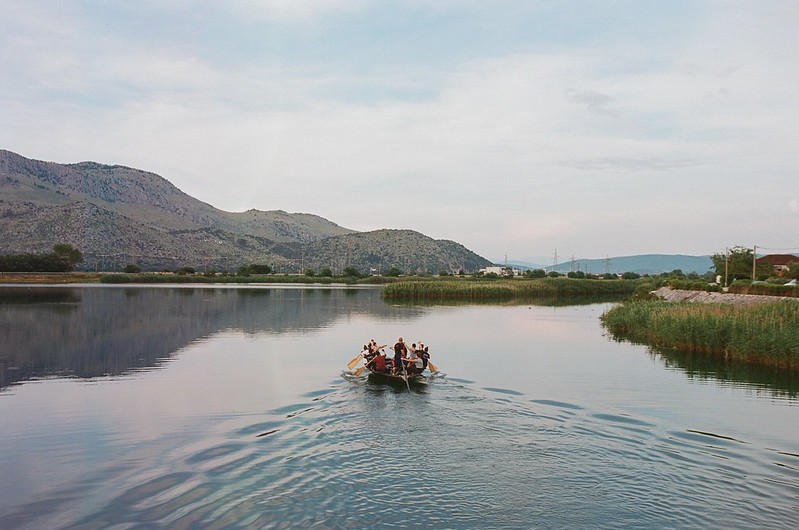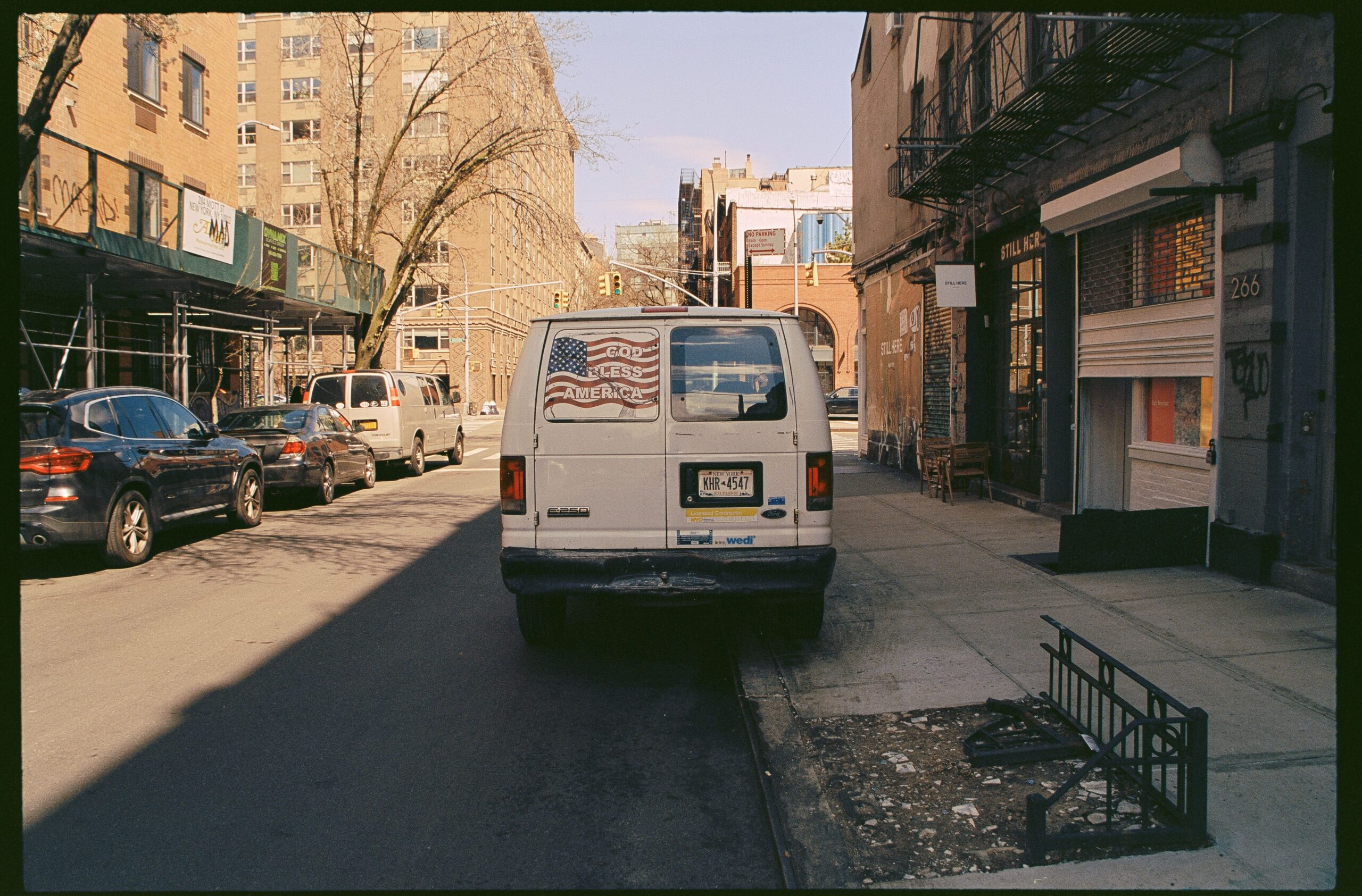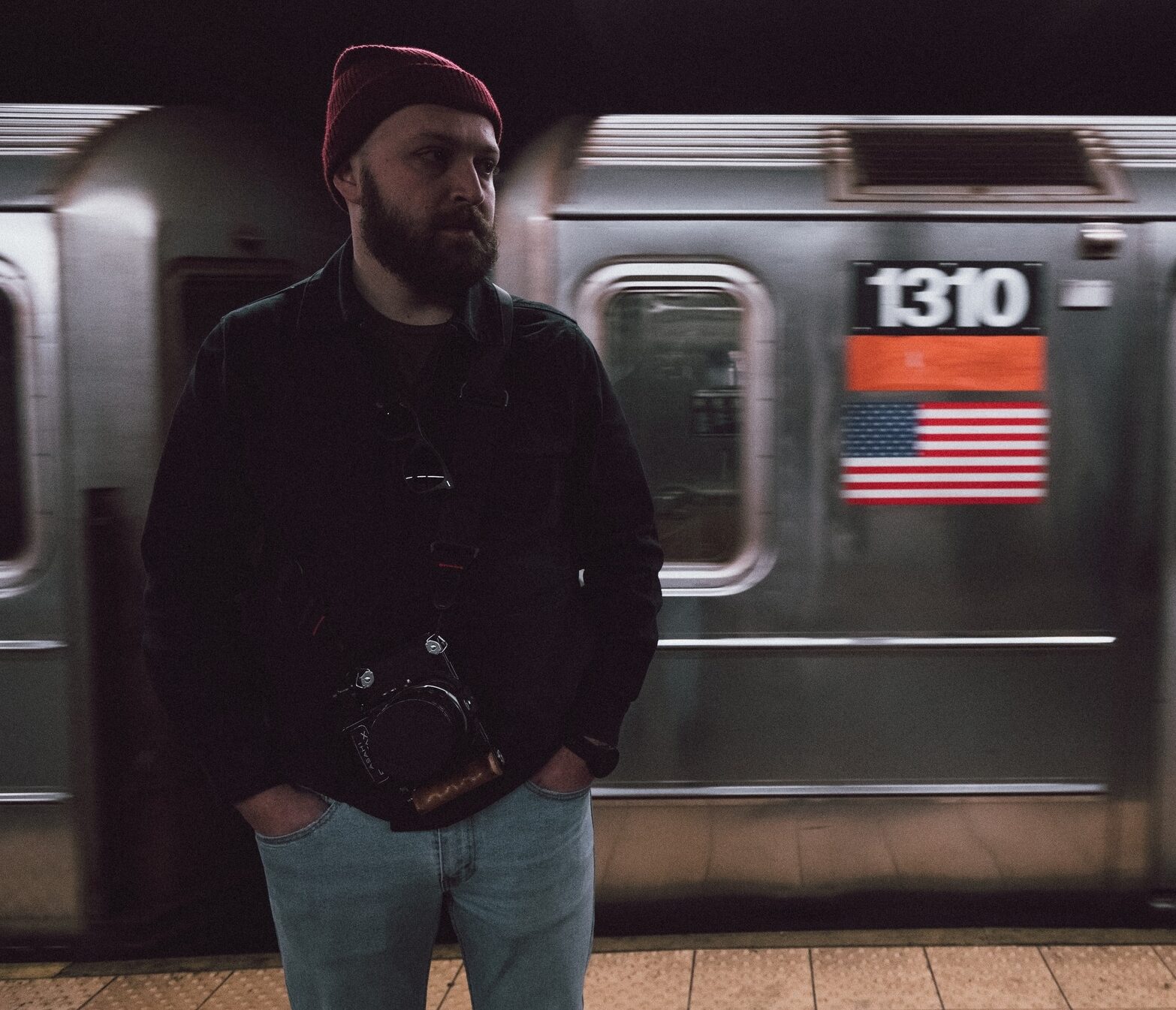Kodak Portra 160 vs Kodak Ektar 100
As a film photographer, choosing the right film is crucial for achieving the desired aesthetic in your photos. Kodak is a trusted brand in the industry, and two of its popular films are Kodak Portra 160 and Kodak Ektar 100.
Join me as I compare the captivating qualities of Portra 160 and Ektar 100, helping you unravel the perfect film for your next shoot. From color saturation and contrast to grain and versatility, we’ll explore the unique aspects that set these films apart and provide guidance on selecting the ideal companion for your creative endeavors.
So grab your camera, dust off your lenses, and prepare to be inspired as we explore Kodak Portra 160 and Ektar 100. Let’s find the film that will bring your artistic vision to life!
Table of Contents
Affiliate Disclosure: As an Amazon Associate I earn from qualifying purchases. Purchasing via provided links/banners comes at no additional cost to you. Analog Dayz only recommends products and/or services that are insightful and helpful to readers. For more info please read here Affiliate Disclaimer.
Overview
When it comes to capturing the essence of moments, two Kodak films stand out in the analog photography world: Portra 160 and Ektar 100. Each possesses its own distinct charm.
Let’s start with Kodak Portra 160, a color-negative film celebrated for its fine grain, authentic color reproduction, and subtle contrast. Renowned for its versatility, this film effortlessly adapts to various lighting conditions, making it a go-to choice for capturing landscapes, portraits, weddings, and events where skin tones demand precision.
On the other hand, Kodak Ektar 100, is a color-negative film that thrives on vibrant and saturated colors, along with its remarkable high contrast and fine grain. Whether you’re exploring the great outdoors or aiming to make your colors burst with energy, this film reigns supreme, especially in landscape and outdoor photography.
Film formats
Both Kodak Portra 160 and Kodak Ektar 100 offers the versatility of being available in 35mm, 120, and 4×5 formats, catering to a diverse range of analog cameras. Whether you prefer the convenience and compactness of 35mm or the larger, more detailed frames of 120 and 4×5, these films have got you covered.
This flexibility allows photographers to choose the format that best suits their shooting style and equipment, ensuring seamless compatibility and an enhanced shooting experience. So, whether you’re loading up your trusty 35mm camera for quick snapshots, embracing the medium format realm with a 120 camera, or venturing into larger formats like 4×5, both Portra 160 and Ektar 100 are poised to deliver outstanding results.
Color Saturation and ISO
Kodak Portra 160 has an ISO rating of 160 while Kodak Ektar 100 has an ISO rating of 100, making the latter more light-sensitive than the former. This means that Kodak Ektar 100 requires more light than Kodak Portra 160 to achieve proper exposure.
However, when shooting in perfect conditions, the small stop difference between these two films will not affect the outcome of the shot. For example, I was able to shoot an expired film at ISO 20 when I had perfect conditions. This indicates that the ISO rating is not the only factor in determining the quality of the shot. Beyond ISO, let us unveil one of the most captivating disparities between these two film titans: their mesmerizing color saturation.
Kodak Portra 160 – 120
Kodak Portra 160 – 120
Kodak Portra 160 – 35mm
Kodak Ektar 100 – 35mm
Kodak Ektar 100 – 120
Kodak Portra 160 – 120
The biggest difference between them is their color saturation. Kodak Portra 160 has a more subdued color palette, with natural and neutral colors. This makes it great for creating a softer look, and for capturing beautiful landscapes and portraits. On the other hand, Kodak Ektar 100 has highly saturated colors, with vibrant reds, blues, and greens. This is ideal for creating intense and vivid images that will really stand out. So, depending on the type of look you’re going for, Kodak Portra 160 or Kodak Ektar 100 can help you achieve it.
Grain and Contrast
Kodak Portra 160 and Kodak Ektar 100 both offer exceptional fine-grain results, making them ideal for capturing sharp and detailed images. However, Ektar 100 claims that has a slight edge when it comes to finer-grain results. This can make it a better choice for situations where you want to capture the finest details, such as in product photography or macro photography.
In my own experience, I haven’t noticed any big difference in the grain produced by Portra 160 and Ektar 100. Both films have impressed me with their ability to capture stunning images, showcasing intricate details and pleasing grain. Believe me, there’s an indescribable satisfaction that comes from zooming into a picture and witnessing the beautifully rendered grain of your images.
When it comes to contrast, there are distinct differences between Kodak Portra 160 and Kodak Ektar 100.
Kodak Portra 160 is famous for its low-contrast rendering, resulting in a softer and more subdued look. This makes it an excellent choice for capturing subtle gradations and preserving details in both highlights and shadows. The film’s wide latitude allows for a more forgiving exposure range, making it suitable for situations where maintaining highlight and shadow details is critical, such as in portrait or wedding photography.
On the other hand, Kodak Ektar 100 embraces a higher contrast aesthetic, delivering images with bold and punchy tones. The film’s vibrant and saturated colors, coupled with its enhanced contrast, create a visually striking impact. This makes it particularly well-suited for subjects that benefit from vibrant hues, such as landscapes or subjects with strong primary colors.
Ultimately, the choice between Portra 160 and Ektar 100 in terms of contrast boils down to personal preference and the desired look and feel you wish to achieve in your photographs.
Dynamic Range
Understanding the dynamic range of Kodak Portra 160 and Kodak Ektar 100 is crucial for photographers seeking optimal exposure control and preservation of details in their images.
Kodak Portra 160 boasts an impressive dynamic range, allowing it to capture a wide range of tones, from deep shadows to bright highlights. This film excels at retaining details in both the shadows and highlights, ensuring a balanced and well-exposed image. Its excellent latitude provides photographers with more flexibility during the post-processing stage, enabling adjustments without compromising image quality.
On the other hand, Kodak Ektar 100 also offers a good dynamic range, though slightly narrower compared to Portra 160. This film excels at preserving details in well-lit scenes and delivering vibrant colors, especially in situations with ample light. It may require more careful exposure control to avoid losing details in high-contrast scenes, as it tends to produce deeper shadows and brighter highlights.
While some people claim that Kodak Portra 160 has a dynamic range of around 12 stops and Kodak Ektar 100 has around 9 stops, I prefer to err on the side of caution and work with both films assuming an 8-stop dynamic range. It’s always better to be safe with metering and exposure to ensure optimal results. Taking proper metering care can help avoid unpleasant surprises when reviewing the final images.
When it comes to choosing between Kodak Portra 160 and Kodak Ektar 100 in terms of dynamic range, consider the shooting conditions and the level of control you require over the entire tonal range.
Pros and Cons
While both films have their strengths and weaknesses, Kodak Portra 160 and Kodak Ektar 100 cater to different shooting preferences and styles. Kodak Portra 160 is a go-to choice for its wide exposure latitude and natural color rendition. It excels in capturing portraits, landscapes, events, and situations where accurate skin tone reproduction is crucial.
On the other hand, Kodak Ektar 100 stands out with its vibrant and saturated colors, high contrast, and excellent color rendition. It is particularly well-suited for outdoor and landscape photography, where the desire for bold and striking colors is prominent.
When choosing between these films, consider your shooting conditions, desired aesthetic, and the subject matter you plan to capture. Both films have unique characteristics that can enhance your photographic results. Experimenting with each film will allow you to find the one that aligns best with your artistic vision.
Remember, photography is subjective, and personal preferences play a significant role in film selection. So, don’t hesitate to try both films and discover which one speaks to you and complements your creative vision the most.
Photo examples
Conclusion
Is it worth comparing films in this age? Yes and no. Why “no”? Because it all depends on who scans your film. Remember, a film technician is sitting behind the computer, making adjustments based on their personal preferences. Also, keep in mind that color film is so versatile that you can edit Cinestill 800T to look like Kodak Portra 160.
Why “yes”? In my personal experience, using labs around the world, I have noticed the same pattern from scans in colors when using these films. While there may be slight variations between labs, overall, I have obtained very similar results. This article provides a good starting point to understand the common characteristics of these films. However, you have every right to scan the film yourself and edit it according to your personal preferences.
In summary, both Kodak Portra 160 and Kodak Ektar 100 are excellent film choices with their distinct characteristics. If you prioritize natural and neutral colors with low contrast, Kodak Portra 160 is the film for you. It excels in situations where capturing accurate skin tones is essential, making it a favorite among portrait and wedding photographers. Its fine grain ensures sharp details, and its versatility allows for shooting in various lighting conditions.
On the other hand, if you’re aiming for vibrant and saturated colors with high contrast, Kodak Ektar 100 will deliver stunning results. This film is perfect for outdoor and landscape photography, where you want your images to pop with intense hues. Its fine grain contributes to the overall sharpness of the photographs.
Gear recommendation
Cameras:
1. Fuji GSW69III
2. Canon Elan 30V
3. Nikon L35AF
Film:
35m:
1. Kodak Portra 160
2. Kodak Ektar 100
120:
1. Kodak Portra 160
2. Kodak Ektar 100
4×5:
1. Kodak Portra 160
2. Kodak Ektar 100
Lightmeter:
1.Pentax Digital Spotmeter
Tripod:
1. K&F Concept
Disclosure: It is important to note that the links above are affiliate links. Purchasing via provided links/banners comes at no additional cost to you. For the best prices, do your own research based on your location, budget, and needs.
Final words
It has been a pleasure sharing the comparison of two great film stocks. I hope you were able to learn something new from this article. Previously we have touched on the topic Storytime 2.0 – An Open Letter to NYC which I highly recommend if you like anything related to traveling.
As always, I am eager to hear your feedback and suggestions for future topics to discuss. Feel free to reach out to me through the contact form or in the comments section below.
If you haven’t already, I encourage you to subscribe to my newsletter to stay updated on all the latest news and content from my website. And if you have any additional tips or insights that you’d like to share, please do so in the comments section below.
Please Consider contributing to Analog Dayz
If you enjoy my blog and want to help me continue creating content, there are several ways you can support me:
-
Support me via Paypal: If you appreciate my work and would like to support the maintenance and development of this blog, you can contribute by buying me a coffee via PayPal. Your donation, no matter the amount, will help keep me fueled with caffeine while I write.
-
Shop my Darkroom prints: I also offer a variety of Darkroom prints through my online store. By purchasing one of my prints, you can add a beautiful, one-of-a-kind piece of art to your collection while also supporting me as a creator.
-
Share my content: If you’re unable to support me financially, sharing my content with your friends and followers is another great way to support my work. By sharing my blog posts and social media content, you help me reach a wider audience and inspire more people to explore the analog world.
Your support means the world to me! Thanks to your generosity, I can continue creating content that celebrates the beauty of life and inspires others to embrace it. I am grateful for your support and look forward to sharing more of my work with you in the future.
Stay Curious!
CATEGORIES & TAGS:
About Analog Dayz

Analog Dayz is a blog authored, edited, and published by Ivan Kristić that features articles about my hobbies, such as film/digital photography, adventures, product reviews, cycling, and more.
Explore Recent Posts
SUBSCRIBE & FOLLOW
Facebook
Twitter
Google-plus
Youtube
Subscribe to our email list to stay up-to-date with the latest news, updates, and exclusive offers. Don’t miss out on important information and join our community of like-minded individuals today!
Useful Links
SUPPORT
If you would like to contribute to this blog, please consider making a donation below.

